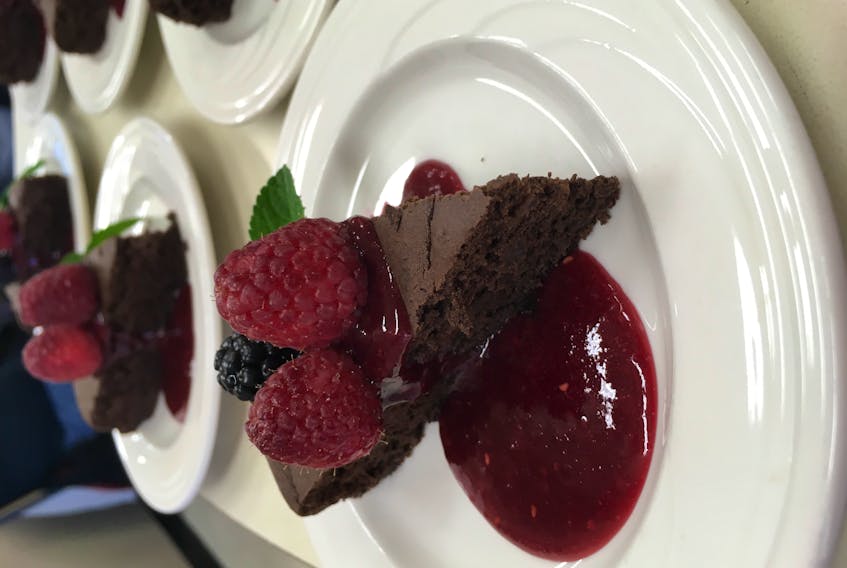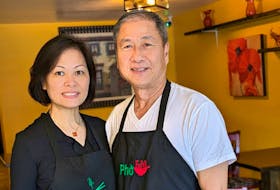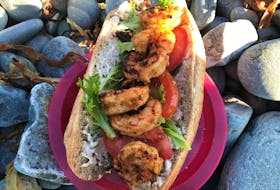By Teresa Flynn, Sobeys Dietitian
The Canadian Celiac Association estimates that about one per cent of the population is living with celiac disease. Celiac disease is an auto-immune disease where a protein called gluten damages the small intestine’s ability to absorb nutrients. The only treatment is a gluten-free diet for life.
Eating gluten-free means strictly avoiding the protein gluten, which is found in wheat, rye, barley and related cereal grains, such as triticale, spelt, kamut and regular non-gluten-free oats. Any foods containing these grains or any foods that may have been cross-contaminated by these grains, are harmful to a person with celiac disease.
Many grains, such as quinoa, rice, millet, corn and oats, are naturally gluten-free. These grains can be used on their own or as ingredients for gluten-free foods. Having oats on a gluten-free list is fairly new. Recent studies have shown that pure, uncontaminated oats may be used in the gluten-free diet with care. Health Canada has concluded that eating uncontaminated oats is safe for most people with celiac disease. Check with your healthcare provider to see if gluten-free oats are safe for you.
How to Shop Gluten-Free
In 2012, labelling regulations changed related to priority allergens and gluten. Companies are now required to identify gluten using common words, making it clear for consumers whether gluten is in the product. This helps take the guess work out of reading the ingredient list.
1. Scan the Packaging
Check the package as many products say “gluten-free” or have a gluten-free logo. This claim is regulated by the Canadian Food Inspection Agency (CFIA) and a sample of the food must pass testing to prove it does not contain gluten.
2. Read the Ingredients
The ingredient list must identify gluten containing ingredients if they are added to the product. If you see wheat, rye, barley, oats or any related cereal grain, the product is not gluten-free. If you see oats on an ingredient list, assume they are regular, non-gluten-free oats, unless they are specifically labelled gluten-free oats. If you do not see gluten containing ingredients, be aware that the product could still be cross-contaminated.
3. Look for Warnings
Companies may choose to include warning statements on packages. Warnings are a “contains” or “may contain” statement found near the ingredient list. If you see wheat, rye, barley, oats or gluten listed in either “contains” or “may contain” statements, the product is not safe to eat.
4. Make the Call
Still not sure if a product is gluten-free? Call the manufacturer. They can provide information about their ingredients or potential cross-contamination.
5. Do a Recheck
Ingredients and their production processes can change without notice. The only way to be sure that a product is gluten-free is to follow the above steps every time you buy a packaged food.
Think Beyond Food
Food isn’t the only place you can find gluten. Health and beauty products, supplements and medications could also contain gluten. Be sure your Sobeys Pharmacist is aware that you have celiac disease and talk to them about the medications and supplements you are taking.
Hungry for more? Like @SobeysDietitian on Facebook and Twitter for more tasty tips & recipes or receive our schedule of events and Healthy Bits & Bites Newsletter directly to your inbox! Register at www.sobeyspharmacy.com/newsletter.
Nutrition Events
Interested in learning more about gluten? Do you have celiac disease or a gluten sensitivity and want more confidence reading product labels? Join the Dietitian for an interactive Gluten free label tour. Tuesday, May 28th 12-1:30pm – Sobeys Westside. Contact Teresa to register at 902-755-3645 or [email protected]
Teresa Flynn is a dietician with Sobeys in New Glasgow.
Decadent Chocolate Tortes
Serves 16
Ingredients:
2 cups black beans, drained, rinsed
4 large eggs
¾ cup cocoa
½ tsp baking powder
1 ½ cups sugar
1 tsp vanilla
Garnish:
2 tbsp water
1 cup raspberries, fresh or frozen
¼ cup sugar
Directions:
1. Preheat oven to 350° F. Grease a 9” spring form pan and set aside.
2. Purée beans using a food processor until beans start to form a paste.
3. Add eggs and mix for 3-5 minutes. Add cocoa, baking powder, sugar and
vanilla. Purée for 2-3 minutes until smooth.
4. Spread batter in spring form pan. Bake for 25 minutes or until a toothpick
inserted comes out clean. Let cool in the pan for 10 minutes before cutting.
5. Add water, raspberries and sugar in a small saucepan. Heat, stirring often
until thickened.
6. Serve torte with a drizzle of raspberry sauce.
Nutrition information per serving:
Calories 152
Fat 2 grams
Carbohydrate 32 grams
Fibre 4 grams
Protein 4 grams
Sodium 149 milligrams
Tip: Garnish with a sprinkle of icing sugar or a few raspberries if you don’t
want to make the sauce. You could also make this recipe in a blender.
Make sure you add eggs and beans at the same time so it blends well.
Source: Sobeys Dietitians









